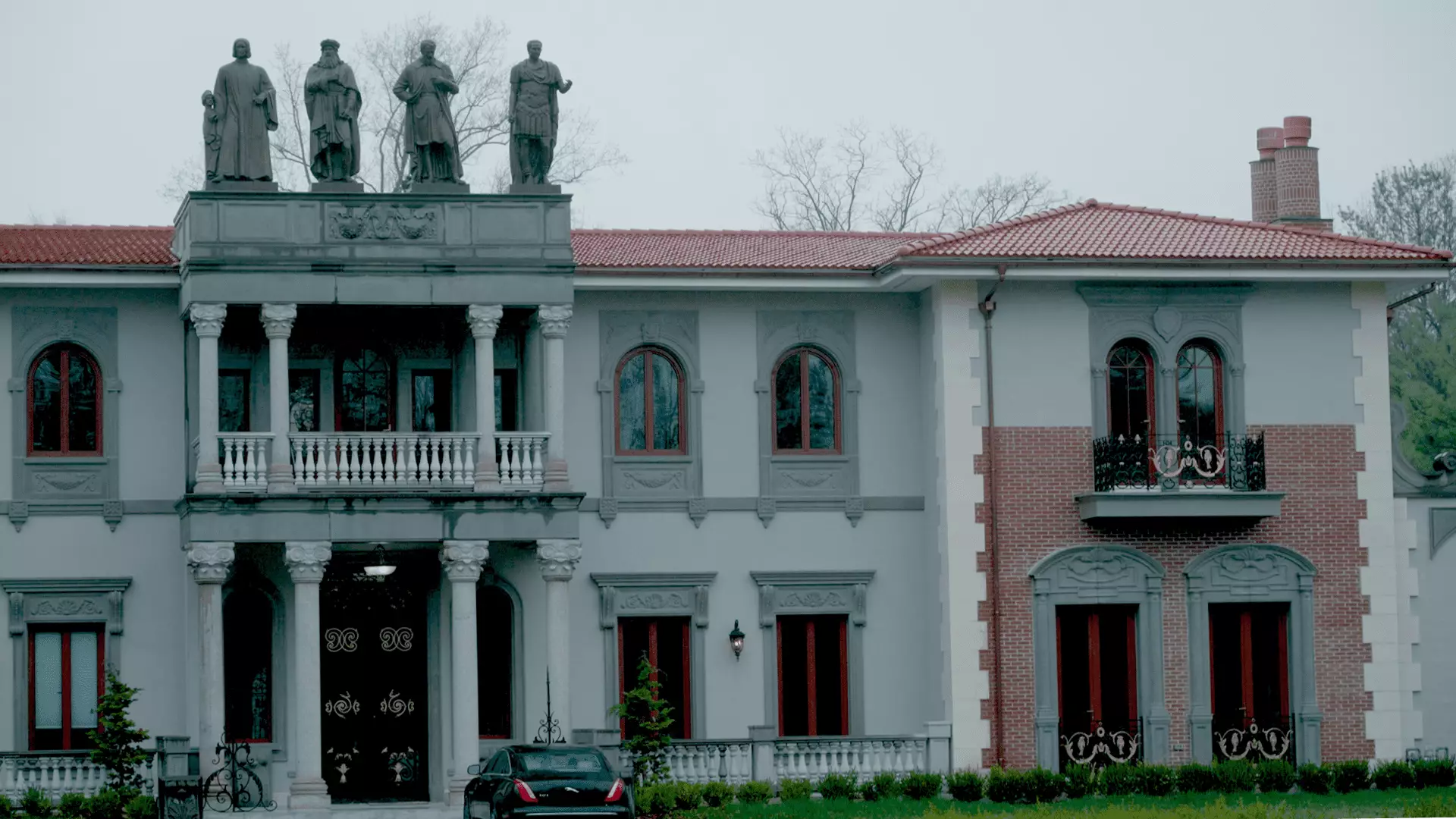The 1980s heralded a transformative era in American housing, marked by the emergence of what has since been popularly dubbed “McMansions.” These sprawling homes, often characterized by their excessive size and eclectic architectural styles, have attracted both admiration and disdain. At the crux of this cultural phenomenon lies a paradox: what exactly drives the continued fascination with such grandiose living spaces? As more people strive for the “American Dream,” these behemoths of suburbia raise vital questions about societal values, economic feasibility, and aesthetic integrity.
The name “McMansion” itself carries a pejorative connotation—suggesting a lack of authenticity in design or craftsmanship, often culminating in a critique of an era where quantity trumps quality. Architect Kate Wagner’s insightful commentary underscores this point by highlighting how many of these homes rely on cheap materials like vinyl siding and faux stone veneer. Ironically, in a country that prides itself on individuality and character, these homes frequently convey the opposite—an assembly-line approach to housing that leads to cookie-cutter developments where each house mirrors the last.
The Size Dilemma: Bigger Isn’t Always Better
As home sizes in the United States have escalated—a trajectory evidenced by median home square footage rising from 1,900 in 1993 to approximately 2,286 in 2023—an unsettling trend emerges. Family sizes have concurrently shrunk, from 2.61 to 2.51 members, raising a puzzling question: Why are Americans seeking larger homes when fewer individuals occupy them? This contradiction forms a bedrock analysis of modern American living, where excess has paradoxically become synonymous with comfort and security.
Wagner points out that the design of these homes often aims to provide multiple entertainment spaces, catering to an idealized lifestyle that reflects both aspiration and oversaturation. The inclusion of features like home theaters and expansive great rooms constitutes the dream home narrative. Yet, these aspirations beg further introspection: is this quest for added square footage representative of genuine needs, or rather a reflection of societal pressures and marketing cues?
Market Forces and the McMansion Appeal
Economist Joel Berner offers a counterpoint by asserting that purchasing a home—McMansion or otherwise—is rarely a “bad investment.” This perspective becomes particularly relevant in an era of persistent underbuilding and stagnation in housing stock, exacerbated by economic factors such as rising construction costs and looming tariffs on essential materials. A shortfall in housing availability creates an enticing landscape for the development of these sprawling homes, positioning them as a more accessible option for first-time buyers eager to capitalize on their extensive amenities.
Interestingly, the supply-demand equation has cultivated a particular appeal for McMansions, especially in suburban regions adjacent to major metropolitan areas. As real estate professional Melissa Rubenstein points out, bidding wars for these homes have become commonplace, underscoring a dynamic market demand that appears to defy conventional wisdom. Buyers are evidently drawn to the sheer size and perceived value that these homes encapsulate, despite critiques regarding aesthetic and material integrity.
Redefining the American Dream: Beyond McMansions
In today’s complex housing arena, the allure of McMansions raises significant implications for American identity and aspirations. These mega-homes may project an image of success and stability; however, they simultaneously symbolize a cultural inertia that privileges quantity over quality. As we navigate the evolving landscape of homeownership amidst economic challenges, the question persists: will the McMansion continue to be a touchstone of American prosperity, or will a more nuanced understanding of what constitutes a “dream home” emerge?
As society grapples with the implications of such housing trends, it’s crucial to consider the future trajectory of architectural design, community building, and sustainable living. Will Americans continue to chase the allure of larger homes, or will there be a collective shift towards smaller, more meaningful living spaces that prioritize craftsmanship, community cohesiveness, and environmental responsibility? The resolution of these questions could ultimately redefine the very essence of what it means to belong in contemporary America, reshaping not just housing markets, but our cultural landscape as well.


Leave a Reply